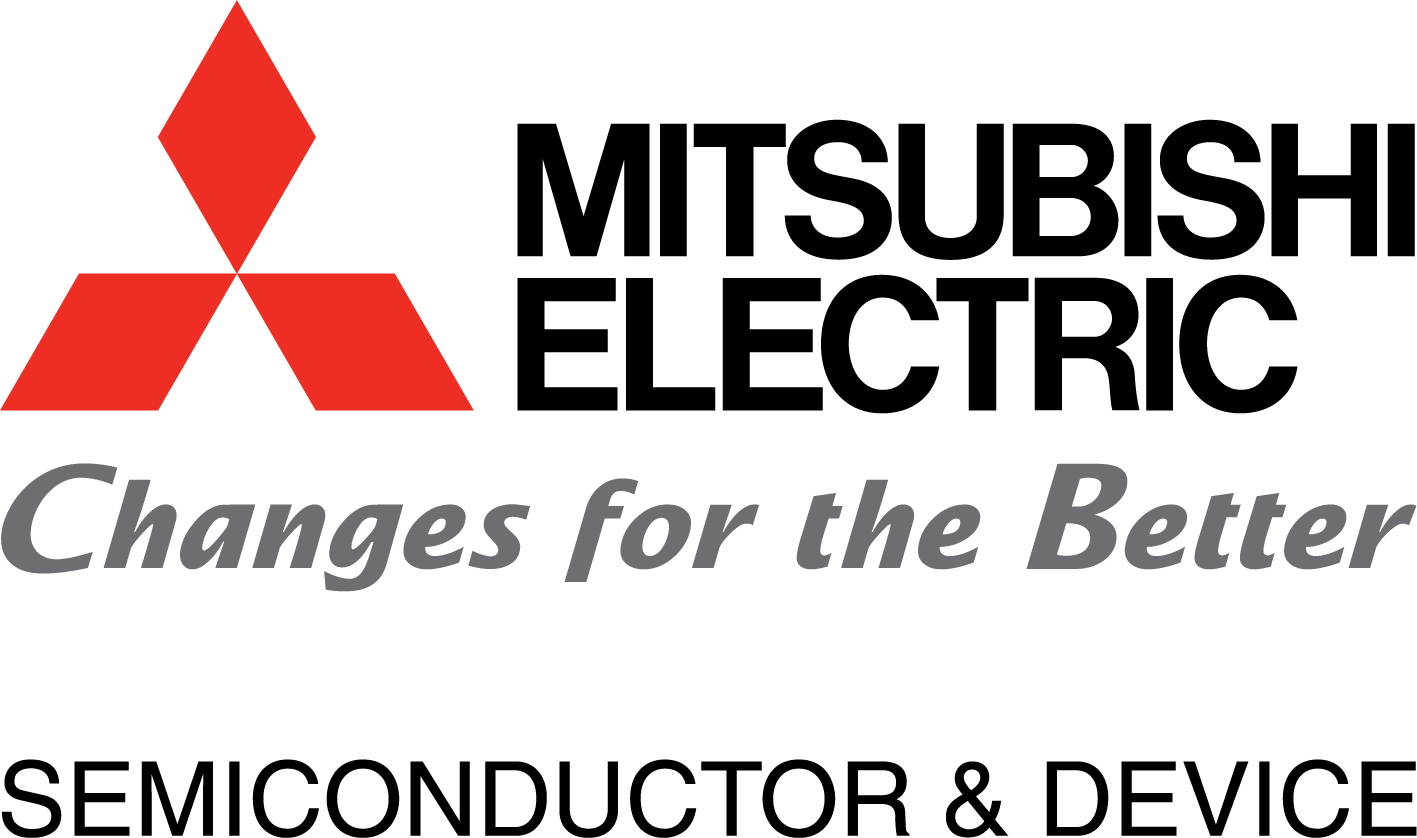Mitsubishi Electric Corporation (TOKYO: 6503) and the University of Tokyo announced today what they believe to be an all-new mechanism for enhancing the reliability of silicon carbide (SiC) power semiconductor devices in power electronics systems. The new mechanism was realized as a result of confirming that sulfur beneath the interface of gate oxide and SiC captures some of the electrons conducting in the device’s current path, which increases the threshold voltage without changing the device’s on-resistance. The mechanism is expected to lead to more reliable power electronics equipment offering superior tolerance to electro-magnetic noise, which is known to cause system malfunctions.
The research achievement was initially announced at The International Electron Devices Meeting (IEDM2018) in San Francisco, California on December 3 (PST). Going forward, Mitsubishi Electric will continue refining the design and specifications of its SiC metal-oxide-semiconductor field-effect transistor (SiC MOSFET) to further enhance the reliability of SiC power semiconductor devices.
In their research, Mitsubishi Electric handled the design and fabrication of the SiC power semiconductor devices and analysis of sulfur’s capture of electrons in the current path, while the University of Tokyo handled measurement of electron scattering.
Until now, it had been assumed that compared to conventional nitrogen or phosphorus, sulfur is not a suitable element to supply electrons for current conduction in SiC power semiconductor devices. Mitsubishi Electric and the University of Tokyo, however, focused on a different property of sulfur, namely, that sulfur in SiC inherently tends to capture electrons. Confirmation of this property was the basis of developing the new mechanism for SiC power semiconductor devices. Fig.1 Effects of sulfur beneath the gate oxide/SiC interface Fig.2 Relationship between SiC power semiconductor device’s current and voltage.
A proper quantity and distribution of sulfur in the mechanism’s SiC (Fig. 1, on right) blocks electrons near the interface to a certain extent and thereby increases threshold voltage without impacting on-resistance. A suitable atom offering such an electrical property has been strongly sought to realize devices that are not prone to malfunctioning due to the effects of external electro-magnetic noise. The new mechanism is more reliable in this regard than conventional mechanisms (Fig. 2) and still retains low on-resistance.
Background Power equipment used in home electronics, industrial machinery, trains, etc. are designed for maximized efficiency and minimized size. Mitsubishi Electric is accelerating the use of SiC power semiconductor devices in power semiconductor modules, which are key components in power equipment. SiC power semiconductor devices offer lower on-resistance than conventional silicon power semiconductor devices, but lowering their on-resistance too far reduces threshold voltage and weakens tolerance to electro-magnetic noise from the power electronics system. To overcome this problem, Mitsubishi Electric pursued the development of a reliable SiC power semiconductor device that is tolerant to electro-magnetic noise.
Darrah Electric is an authorized distributor for Mitsubishi Electric. Click here to see our inventory or call our sales for questions at (216) 631-0912
